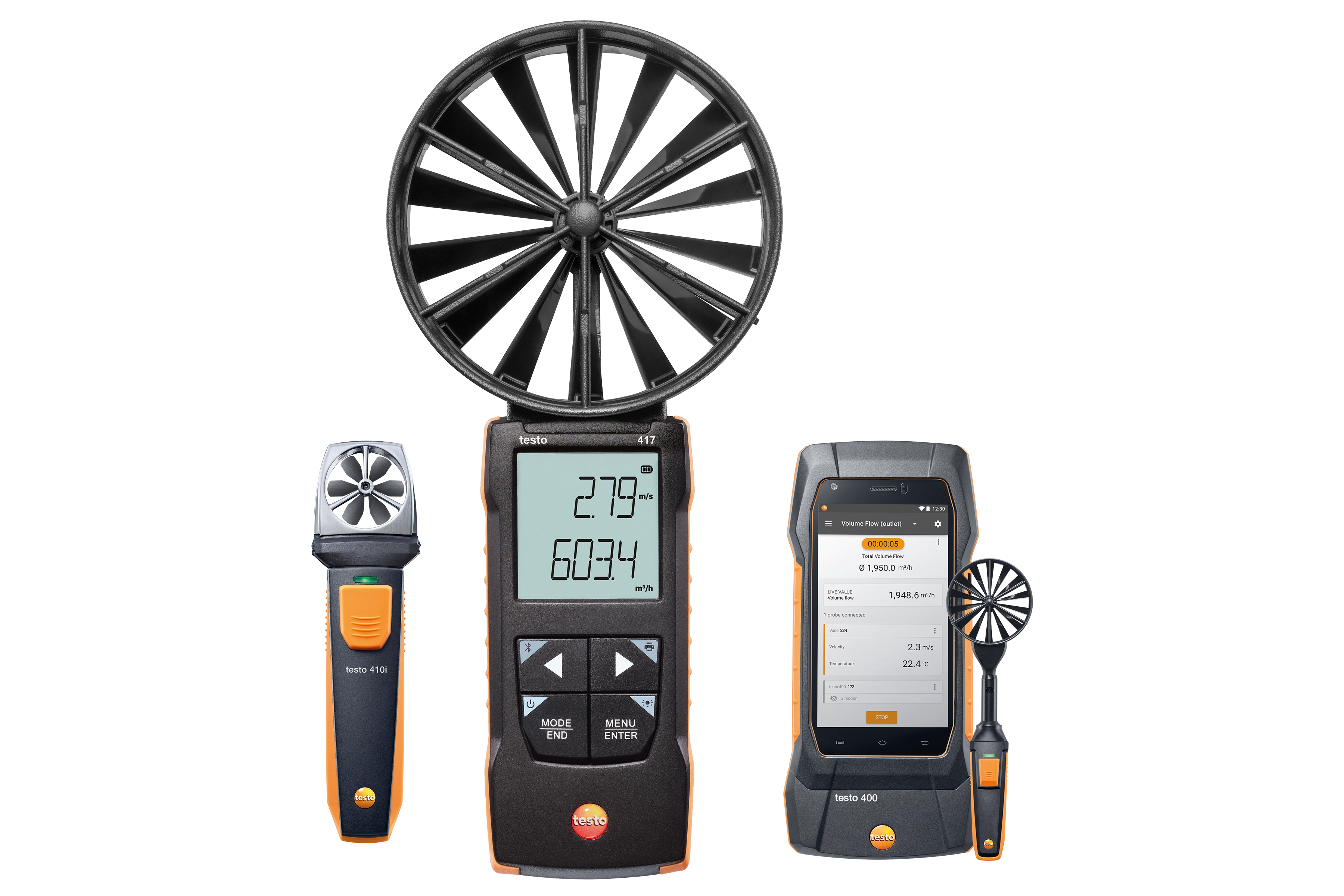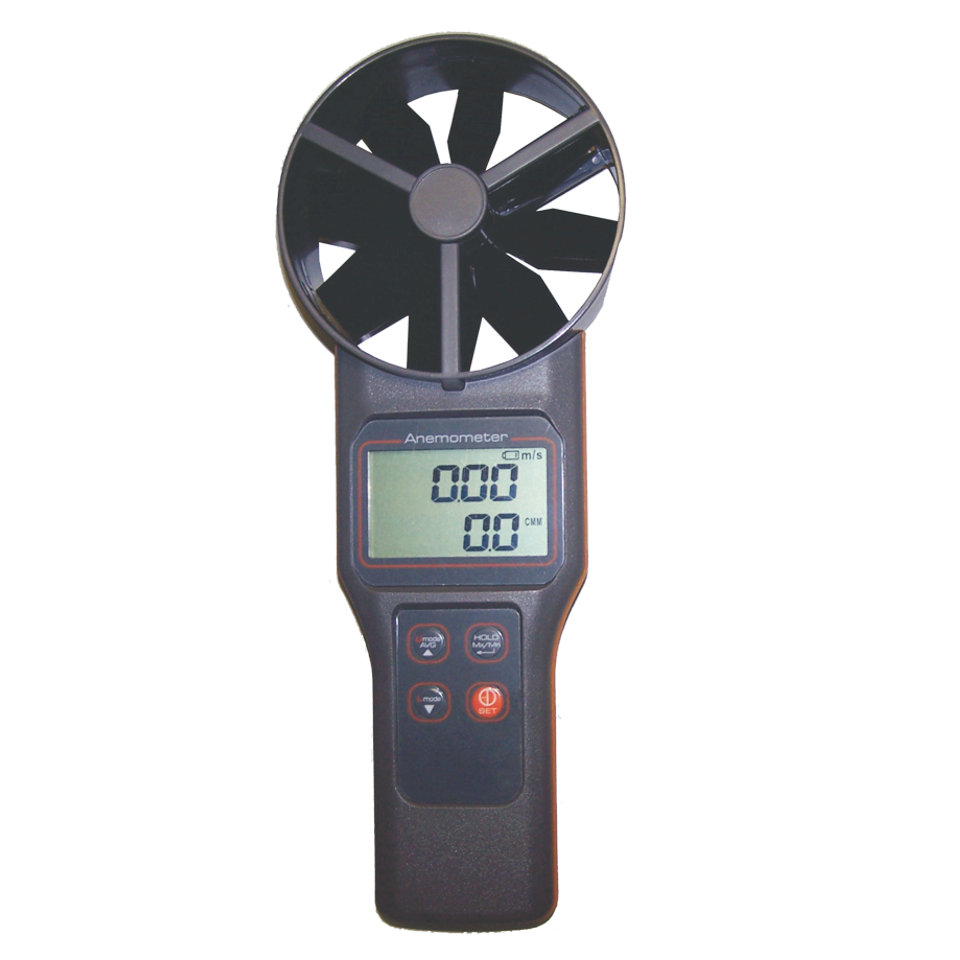Discovering the Functions and Benefits of Anemometers for Climate Fanatics and Experts
Anemometers stand as crucial tools in the realm of weather surveillance, catering to both enthusiasts and experienced experts alike. These devices provide a home window right into the vibrant globe of wind patterns and rates, offering very useful data for meteorological evaluation and forecasting. From mug anemometers to sonic anemometers, each type brings its one-of-a-kind collection of applications and advantages, shedding light on various facets of weather. As we look into the features and benefits of anemometers, a much deeper understanding arises not only of prevailing weather condition phenomena but likewise of the more comprehensive implications for fields like wind power production and environmental research study.
Significance of Anemometers in Weather Surveillance
Anemometers play a critical role in weather condition tracking by giving accurate measurements of wind speed, aiding in forecasting and understanding climate patterns. These instruments, ranging from conventional cup anemometers to contemporary ultrasonic anemometers, are crucial for meteorologists, scientists, and climate enthusiasts alike.

Sorts Of Anemometers and Their Applications
With the critical role anemometers play in climate monitoring and projecting, understanding the different types of these tools and their applications ends up being vital for professionals and lovers in the field. The most common types of anemometers include cup anemometers, vane anemometers, hot-wire anemometers, and ultrasonic anemometers. Mug anemometers contain three or 4 mugs installed on horizontal arms that revolve with the wind, measuring its rate. Vane anemometers, on the various other hand, use an easily rotating vane to align with the wind instructions, offering both wind speed and direction measurements. Hot-wire anemometers run based on the concept of convective warm transfer, where the cooling result of the air flow is determined to establish wind rate. Ultrasonic anemometers make use of ultrasonic acoustic wave to determine wind speed and instructions properly.
Each kind of anemometer has its distinct advantages and applications. Cup anemometers are suitable and durable for basic weather monitoring, while vane anemometers are favored for directional measurements. Hot-wire anemometers are sensitive to reduced air velocities, making them suitable for interior atmospheres. Ultrasonic anemometers are non-intrusive and use high precision, often utilized in study and specialized weather surveillance applications. Comprehending the features and applications of each sort of anemometer is essential for selecting the most appropriate instrument for specific weather condition monitoring needs.
Benefits of Using Anemometers in Projecting
In meteorology, the utilization of anemometers uses very useful advantages for improving the precision of weather condition forecasting. Anemometers visit this site right here gauge wind speed and instructions, providing vital data for predicting weather condition patterns. By including wind information into projecting models, meteorologists can better comprehend the movement of weather condition systems, anticipate adjustments in atmospheric conditions, and concern extra exact projections.
Additionally, anemometers play an essential function in assessing prospective climate risks. Monitoring wind speeds helps forecasters anticipate severe climate occasions such as cyclones, twisters, and winter tornados with higher precision. This very early caution system makes it possible for authorities to provide timely alerts and execute needed precaution, reducing the threats to life and property.
Additionally, anemometers help in maximizing eco-friendly weblink energy production. By assessing wind patterns, meteorologists can identify suitable locations for wind ranches and predict power result, adding to the efficient generation of wind power.

Anemometers in Wind Energy Production
Offered the crucial duty anemometers play in supplying exact wind data for climate forecasting and hazard evaluation, their significance prolongs to the world of wind energy manufacturing. Anemometers are essential tools in the field of wind energy, where the dimension of wind speed and direction is critical for establishing the usefulness and efficiency of wind turbine installments. By precisely measuring wind speeds at differing heights, anemometers aid enhance the positioning and design of wind generators to take full advantage of power result.
In wind ranches, anemometers are strategically placed to collect real-time wind information that is utilized to analyze the prospective power production of a site. This information contributes in figuring out the financial viability of wind power tasks and in projecting energy generation to make sure grid security. In addition, anemometers help in keeping an eye on wind conditions to maximize generator performance, stop damage from high winds, and guarantee the safety of employees operating in the area of wind generators.
Enhancing Weather Understanding With Anemometers

Anemometers play an essential function in boosting our understanding of microclimates. These local weather conditions can differ dramatically from broader local forecasts, making it important to have precise data for certain locations. anemometer. By tactically putting anemometers in different areas, scientists can gather thorough information on exactly how wind behaves in different terrains, city environments, or bodies of water
Furthermore, anemometers add to boosting climate projecting models by supplying real-time information on wind actions. This info is particularly beneficial for forecasting extreme weather condition occasions, optimizing agricultural techniques, and sustaining sectors like aviation and maritime navigation. Generally, anemometers are invaluable instruments that allow us to dig deeper right into the intricacies of climate systems, eventually leading to even more exact forecasts and better-informed decisions.
Verdict
In verdict, anemometers play an important role in climate tracking and forecasting by measuring wind rate and instructions. Anemometers likewise have applications in wind energy production, more highlighting their relevance in both weather forecasting and eco-friendly power fields.
From cup anemometers to sonic anemometers, each type brings its unique collection of advantages and applications, dropping light on various aspects of atmospheric conditions. These instruments, varying from typical cup anemometers to modern-day ultrasonic anemometers, are important for meteorologists, scientists, and weather condition fanatics alike. The navigate to this website most typical kinds of anemometers include mug anemometers, vane anemometers, hot-wire anemometers, and ultrasonic anemometers. Cup anemometers are robust and suitable for general weather condition surveillance, while vane anemometers are favored for directional measurements. Anemometers are necessary tools in the field of wind energy, where the measurement of wind speed and direction is important for identifying the usefulness and performance of wind generator setups.
Comments on “Why an Anemometer is Crucial for Your Environmental Information Collection”